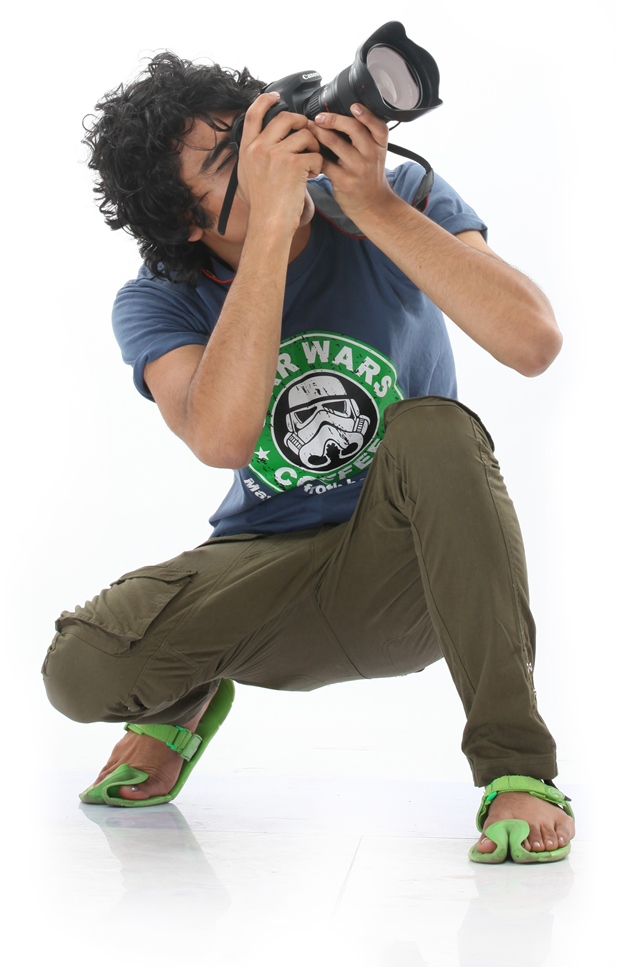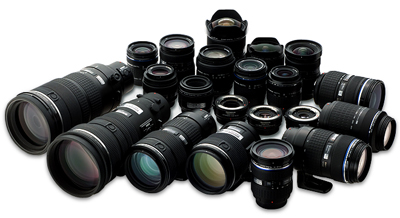


1. New photography tutorials and tips
2. Latest photography assignments
3. Photo competitions and prizes
Enter your email below to subscribe.
A Lens is most important part of photography. For a good image, the quality of lens matters much more than the camera body. If you already have a decent body, then you must consider investing in good optics than upgrading camera body for the sake of few extra megapixels or features.

How To Find the Right DSLR Lens For Your Photography Needs?
Different lenses have different types of benefits based on the type of photograph you want to take. Find below the specific situation and corresponding requirement of lens. The actual focal length of the lenses from different manufacturers (Canon, Nikon, Sigma, Tamron, etc) is mentioned, but the specific names of manufacturer have been omitted.
To know more about lenses and their purpose, join 3 Months Online Foundation Photography Course
Indian Institute of Photography | Copyright © 2025. All Rights Reserved